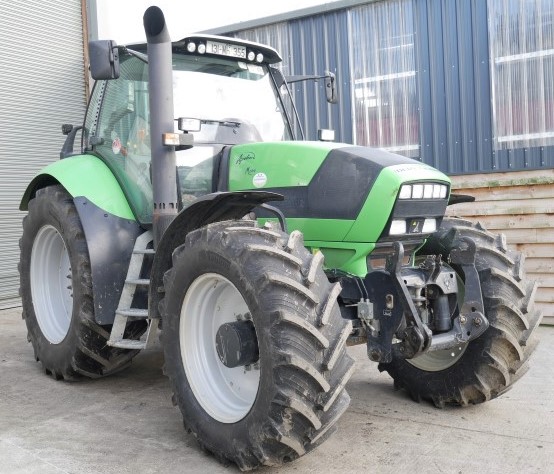To help with this, the Health and Safety Executive Northern Ireland (HSENI) has offered some useful advice and guidance when looking at tractors, telehandlers, tankers, diet feeders, post drivers, mowers, harvesters and so on.
First off, one should check if the machine you're looking at is: safe when supplied for its use and maintenance; and free from obvious defects such as missing or damaged guards etc.
- Dangerous parts are adequately guarded;
- All round visibility to reduce blind spots;
- Suitable roll over protection;
- Seatbelts;
- Safe working loads;
- Maximum operating height - avoid overhead lines;
- The need for an integrated man basket to work at heights;
- Ease of maintenance – routine, blockages, tyre changing.
Whilst the CE Mark (in use since 1993) indicates the machine is safe and complies with the Essential Health and Safety requirements, You should always check for yourself to see if the machine is safe, HSENI stresses.
It's also advised that you ensure the supplier has explained what the machinery is designed to be used for - and what it cannot be used for.
- That the precautions you need to take to deal with remaining risks;
- What training you require;
- What routine servicing, inspection and thorough examination is required;
- Data on health risks such as noise and vibration levels, dust or fume emissions;
- That any warning signs are visible, in English and easy to understand.


